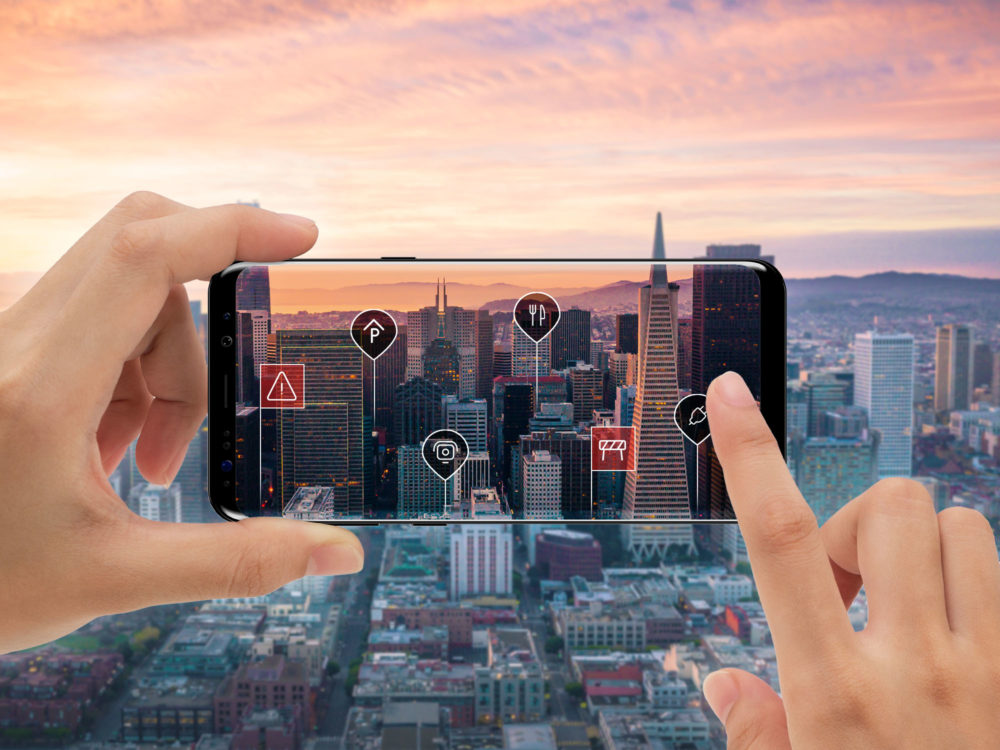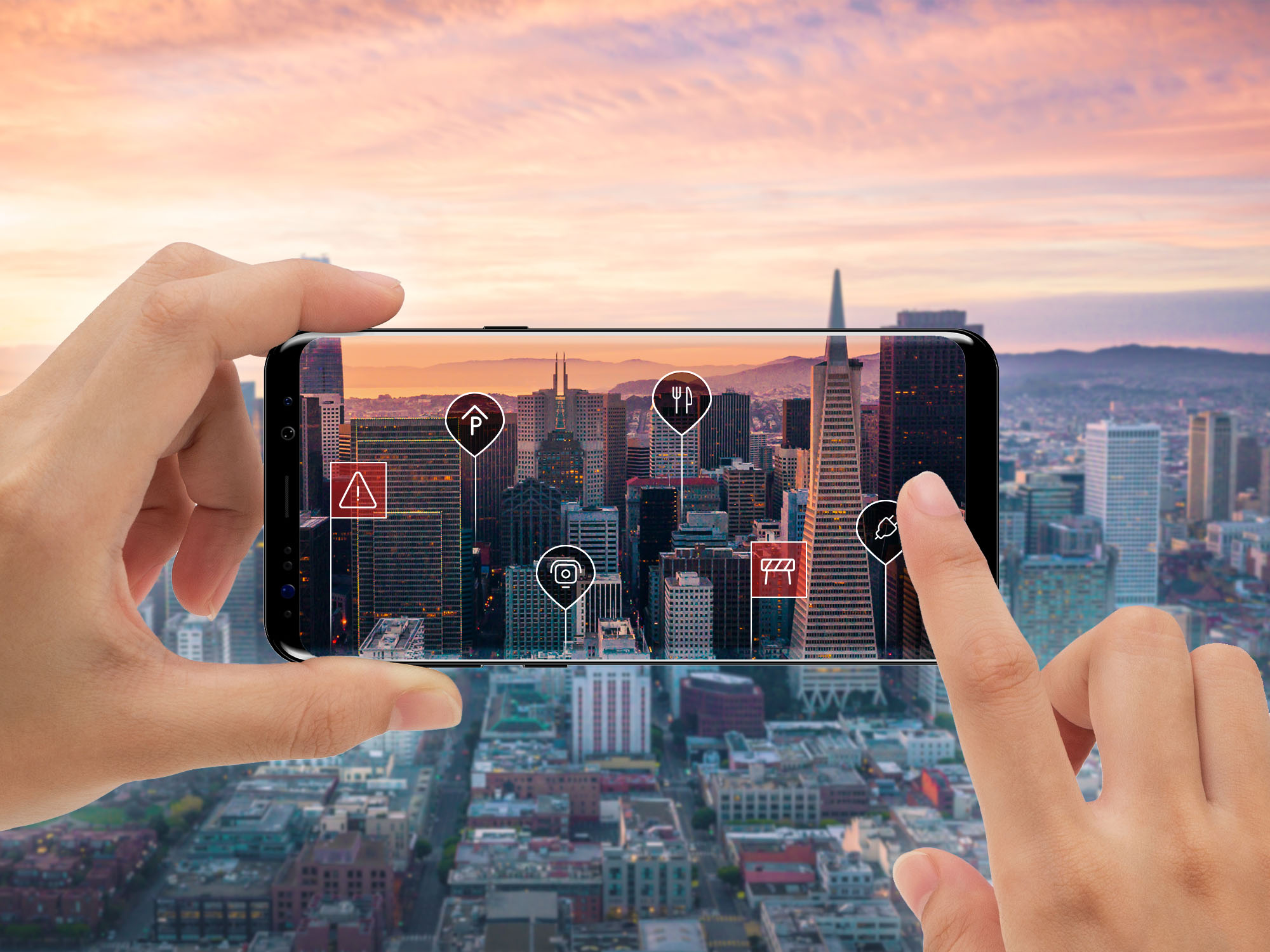Contents
Globalization is quickly changing business models, and these changes are forcing companies to provide products and services to customers across the world. Those who can successfully do this will be leaders in their industries. That is why a proper geographic location strategy is crucial.
1. Smart cities
Smart cities are the future of urban development. A smart city is a community where all systems are connected, allowing for better communication between residents and local officials, and making it easier for everyone to coordinate activities and access information. The goal of smart cities is to improve the quality of life by making it easier for people who live there to get where they need to go and make decisions about their day-to-day lives. These cities use data collection and analysis to provide better public transportation, more efficient power grids, and more effective waste management systems.
Smart cities also offer residents more ways to connect through apps to share local events, services, and interests. In addition to providing information on local businesses, these apps can help citizens find companionship or even dates.
2. Augmented reality
Augmented reality adds digital information about the user’s surroundings or an object or event that the user is experiencing to enhance the user’s current perception of reality. Augmented reality improves efficiency and saves time by enabling users to access relevant information and services quickly and easily, without looking away from their immediate surroundings or waiting for information to be delivered via physical media (e.g., paper manuals).
3. Location-based marketing
Location-based marketing is a method of using location to target audiences and drive business. Consumers worldwide are connected through GPS Tracking, which means that companies can now deliver specific content to customers based on their site. This allows businesses to reach consumers in real-time, resulting in increased sales and brand loyalty.
4. Autonomous vehicles
Autonomous vehicles are one of the biggest trends in geolocation. Autonomous vehicles are cars that can drive themselves with no human intervention. They rely on sensors and computer systems to detect obstacles, guiding them through traffic.
Autonomous vehicles are expected to be safer than human-operated vehicles because they don’t get drunk or distracted while driving. The technology is still in its infancy, but many experts believe autonomous cars will become a common sight on our roads within the next decade or two.
5. Interior mapping
Interior mapping is becoming a more popular way to present data. This is because it allows users to explore data in more detail than a traditional map would allow, and it also allows for additional engagement with the user.
Interior mapping uses geospatial data and embedded media to create an immersive experience that users can navigate. This visual display can be used to map out anything from real estate listings to historical sites or even points of interest.
Importance of Geolocation
Geolocation is a technology that allows you to find out where you are or where something else is. For example, if you’re trying to find a restaurant in a new city, geolocation can direct you to the right place.
Geolocation is also used for various other things, such as tracking the location of vehicles and keeping track of people. Geolocation can help you find out what time it is in another city or if there will be foul weather in your area tomorrow.
Geolocation has many uses in daily life and business. If you’re looking for directions or information about something nearby, geolocation can help.
History of Geolocation
Geolocation is a term that describes the location of a device or person. The first geolocation service was introduced in 1997 using GPS satellites. Technology has changed since then, and now people can track one another using cell phones and other electronic devices.
The first geolocation service was introduced in 1997 by Skyhook Wireless, which used GPS satellites to determine location. This technology was used for mapping services like Google Maps and tracking stolen vehicles. In 2000, Loopt released a similar product that allowed users to share their locations with friends via text message or email.
In 2002, Google acquired Skyhook Wireless and began using its technology as part of its mapping software. Google later released an API allowing third-party developers to utilize this technology in their applications, such as Foursquare Check-in (2009) and Facebook Places (2010). These services let users check in at locations through an app on their phones and share that information with their friends on social media networks like Facebook or Twitter – creating an entire community around sharing location data.
Conclusion
Geolocation technology is a real game-changer that has the potential to be used in a limitless number of ways by apps, devices, and even businesses.



Leave a Reply